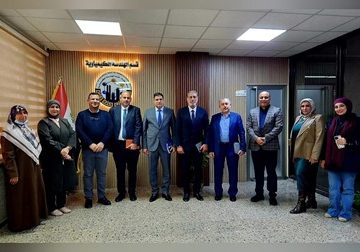In the field of wastewater treatment, the ubiquitous presence of phenol raises significant environmental apprehension. Consequently, this dissertation focuses on an innovative technique that utilises modified natural clay and agricultural materials as potent adsorbents for phenol removal. The study provides a comprehensive investigation, delving into the complexities of adsorption and revealing sustainable solutions for mitigating phenol’s impact on our surroundings.
Introduction:
Phenol contamination in wastewater is a considerable environmental and health issue. Conventional methods used for phenol removal are often lacking in sustainability and efficiency. Consequently, our study examines a groundbreaking solution that utilises natural clay and agricultural materials, modified for optimal performance, as environmentally friendly adsorbents for phenol removal.
Supporting:
Adsorbent materials were created through thermal and chemical activation techniques applied to spent tea leaves (STL) and bentonite clay. We characterised these modifications with advanced techniques, including X-ray Diffraction, Fourier-transform infrared spectroscopy, Scanning Electron Microscope, and Brunauer Emmett Teller analysis.
Our study focuses on precise batch adsorption experiments, with the exclusion of certain laboratory parameters such as concentrations and ratios. We systematically altered key factors, namely pH, initial concentration and temperature, to optimize the phenol removal process. The results exhibit the efficiency of both bentonite and STL as potential adsorbents under specific conditions.
We investigated adsorption isotherms and kinetics, utilizing models such as Langmuir, Freundlich, and Temkin to comprehend adsorption behaviour. Kinetic models, specifically the pseudo-second-order model, gave insight into the phenol adsorption process without requiring extensive laboratory parameters.
In conclusion,
our results highlight the potential of modified natural clay and agricultural materials as sustainable and effective adsorbents for phenol removal from wastewater. Thermodynamic analysis revealed the endothermic nature of the process, and the negative ∆Go values confirmed the spontaneous adsorption. This study presents a practical method for dealing with phenol contamination, promoting cleaner and healthier surroundings, while at the same time simplifying laboratory experiments.











